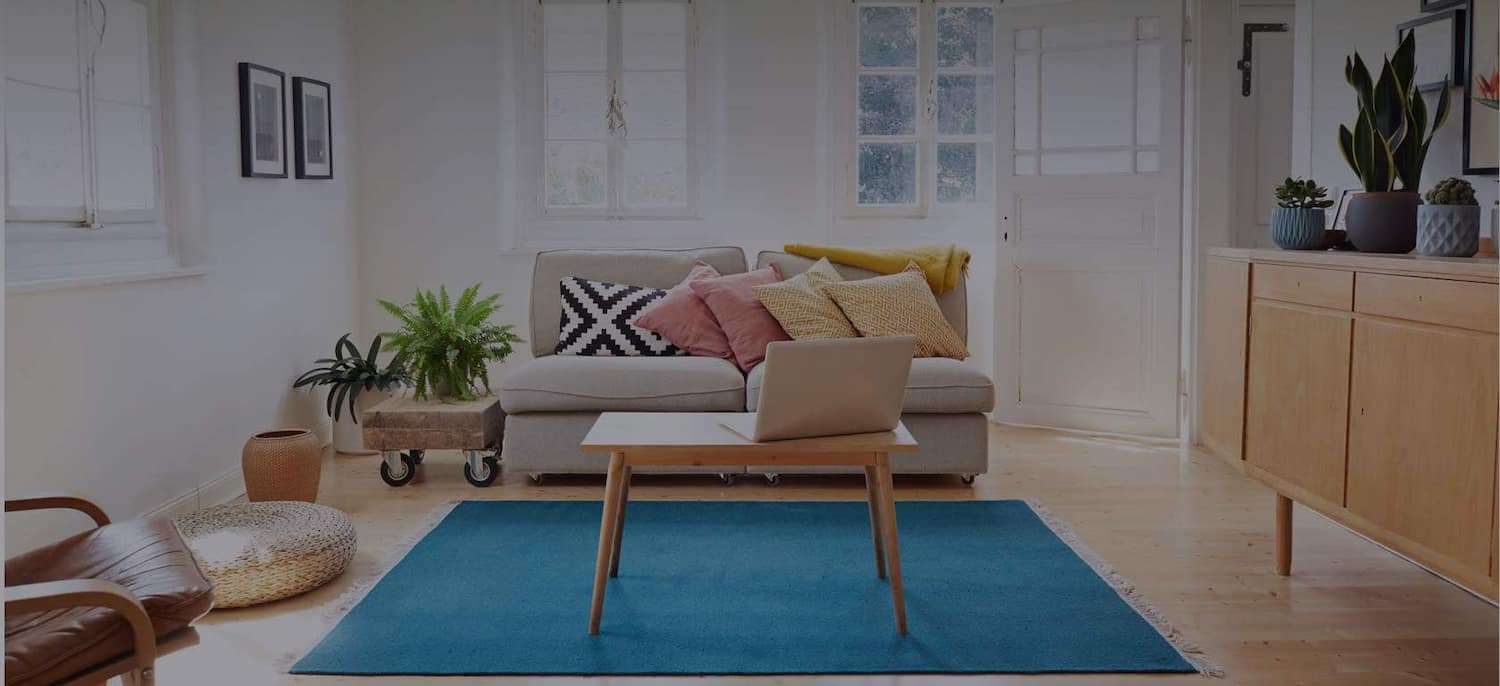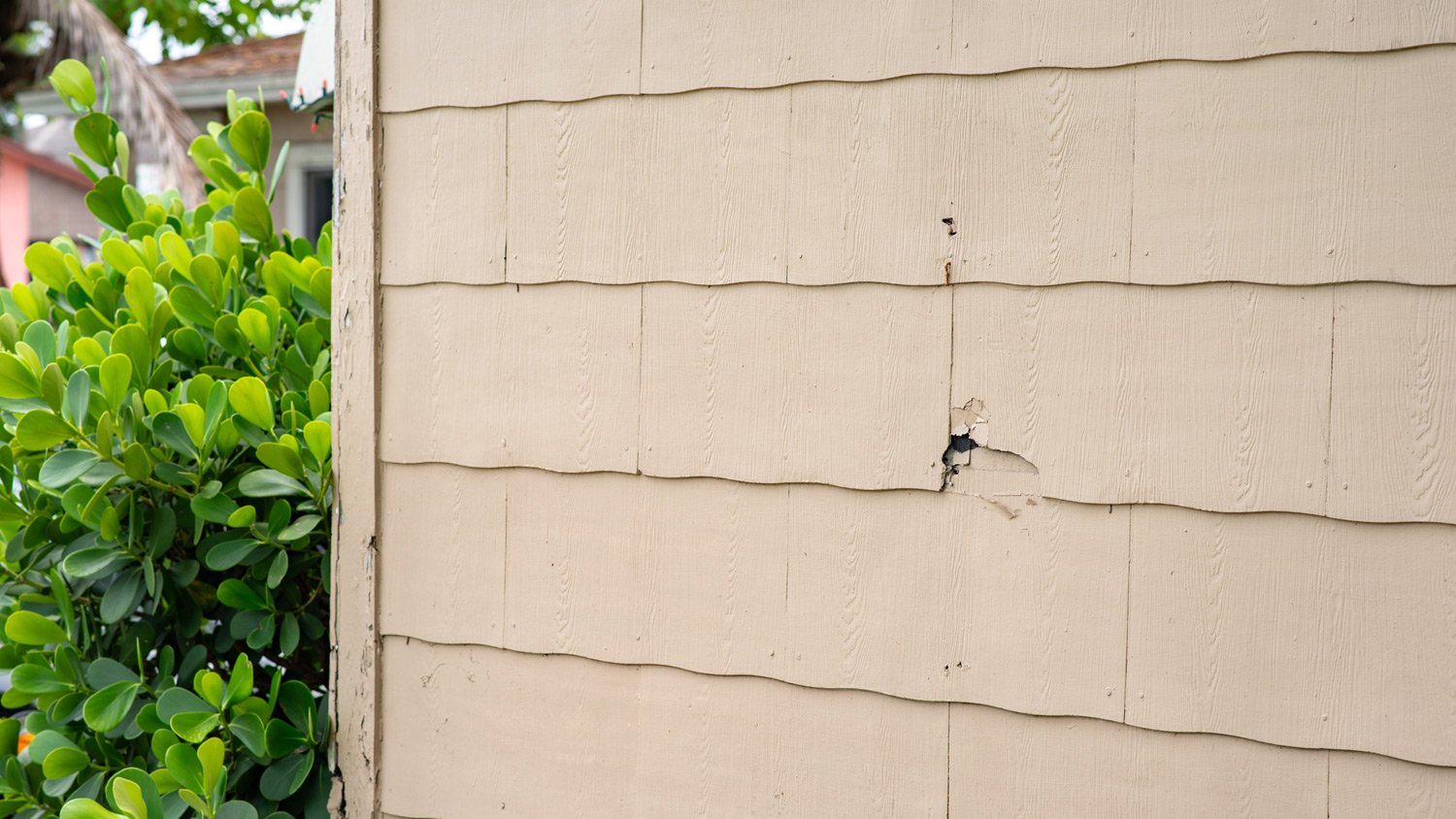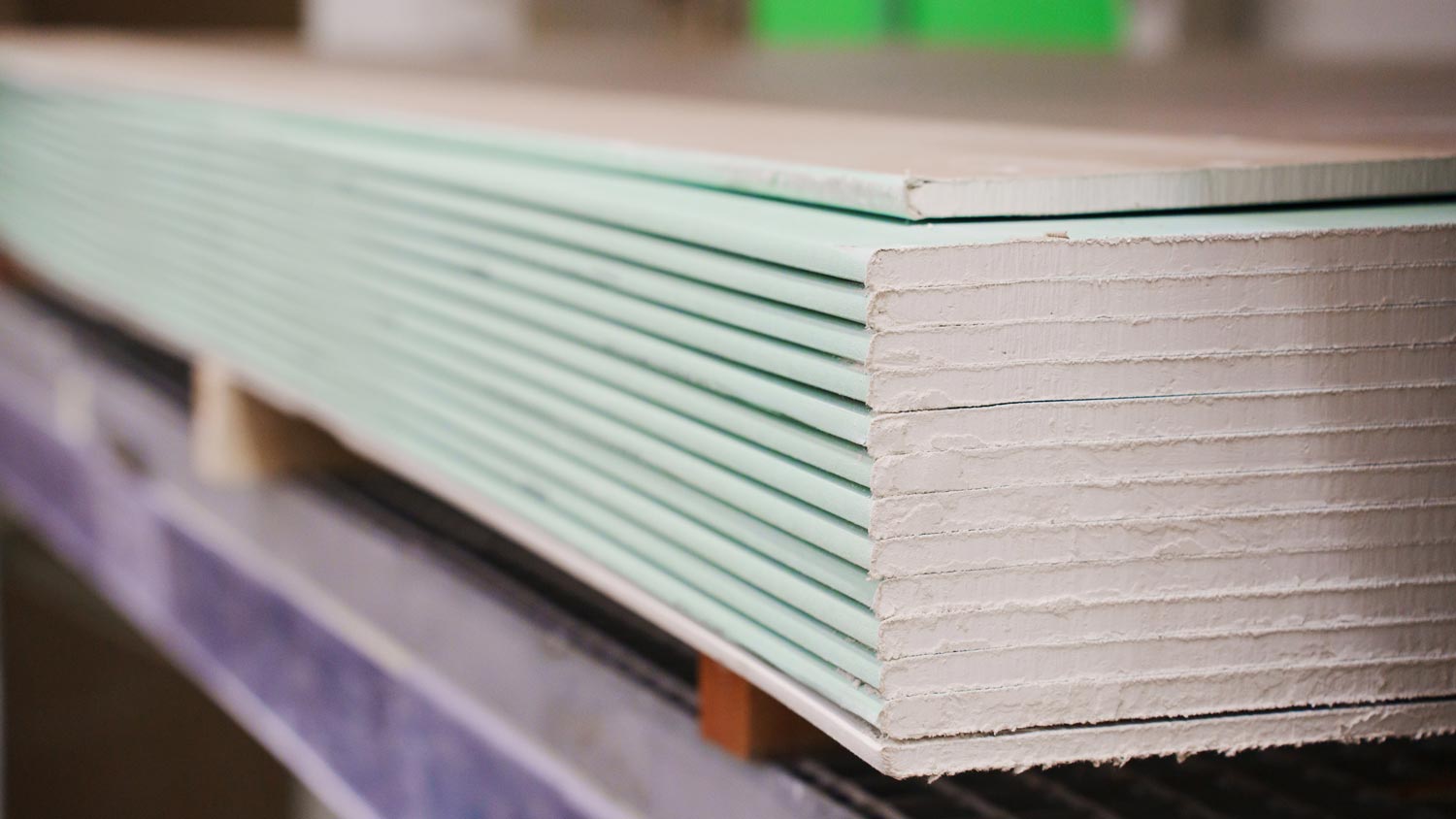
Get matched with top asbestos removal specialists in Trail, OR
There are 0 highly-rated local asbestos removal specialists.
Matching on Angi


Asbestos removal specialists in Trail
DEMOLITION OF; -HOUSES -SHEDS -OUT BUILDINGS -CONSTRUCTION SITE CLEANUP -ANY & ALL KIND OF SITE CLEANUP INCLUDING HASMAT -RUBBISH REMOVAL -ANYTHING FROM BLACKBERRY REMOVAL TO GARBAGE CLEANUP -BURNOUT MOBILE HOME REMOVAL -ANY OTHER EMERGENCY NEED -LICENSED ASBESTOS TESTING & REMOVAL
DEMOLITION OF; -HOUSES -SHEDS -OUT BUILDINGS -CONSTRUCTION SITE CLEANUP -ANY & ALL KIND OF SITE CLEANUP INCLUDING HASMAT -RUBBISH REMOVAL -ANYTHING FROM BLACKBERRY REMOVAL TO GARBAGE CLEANUP -BURNOUT MOBILE HOME REMOVAL -ANY OTHER EMERGENCY NEED -LICENSED ASBESTOS TESTING & REMOVAL
Asbestos Building Inspection and Project Design Services, and AIR MONITOR/Air Clearance Technician/Phase Contrast Microscopy: NIOSH-582 Technician who provides "Independent 3rd Party Verification" as required by law for Asbestos Abatement Projects. I "conduct third pary "check and balance" verification that asbestos abatement area is "safe" for re-occupancy. This is a requirement , by law, if room or area is to be reoccupied after abatement--as opposed to being hauled off to dump. Certain laws require that a certified Asbestos Building Inspector, survey, sample and identify asbestos containing materials BEFORE a demolition or renovation project begins and obviously BEFORE workers or occupants get exposed to ASBESTOS DUST. Get me involved in the process BEFORE the hammers fly and my services will protect occupants from exposure to asbestos dust. PRE-DEMOLITION ASBESTOS SURVEYS: I identify what materials contain asbestos. I can then guide you regarding regulations and liabilities. Knowledge is power: if we can identify materials before they are disturbed, then we have the option to adjust plans to avoid disturbance ( i.e. "encapsulate" versus "abate"--going over the top of "hot" vinyl flooring with one more course of thin underlayment, e.g.). AT ALL TIMES: it is far better to KNOW if your sheetrock, vinyl flooring, wall paper, floor tile or carpet adhesive and rubber backing has asbestos in it, than to create an exposure event, get "caught" at the dump and then have to pay for an emergency clean up. DEQ Enforcement fines can be substantial--$8,000 to $25,000 fines are very recent numbers for residential projects, which involved very small amounts of material, but were mishandled. I sample for asbestos and can provide you information that can then be used in DUE DILIGENCE efforts, or can be useful in PROJECT SCOPE DETERMINATION. PROTECT your family, protect your Contractor, protect their families, too. Abide by regulations and avoid liability issues which can linger for three decades after-the-fact. FIND OUT BEFORE YOU HAVE TO ; "Check it before you Wreck it". I perform AIR SAMPLING and PHASE CONTRAST MICROSCOPY SERVICES, " NIOSH-582" I have over 24 years as a Remodeling Contractor which translates into an extremely effective surveyor who doesn't miss anything.
Asbestos Building Inspection and Project Design Services, and AIR MONITOR/Air Clearance Technician/Phase Contrast Microscopy: NIOSH-582 Technician who provides "Independent 3rd Party Verification" as required by law for Asbestos Abatement Projects. I "conduct third pary "check and balance" verification that asbestos abatement area is "safe" for re-occupancy. This is a requirement , by law, if room or area is to be reoccupied after abatement--as opposed to being hauled off to dump. Certain laws require that a certified Asbestos Building Inspector, survey, sample and identify asbestos containing materials BEFORE a demolition or renovation project begins and obviously BEFORE workers or occupants get exposed to ASBESTOS DUST. Get me involved in the process BEFORE the hammers fly and my services will protect occupants from exposure to asbestos dust. PRE-DEMOLITION ASBESTOS SURVEYS: I identify what materials contain asbestos. I can then guide you regarding regulations and liabilities. Knowledge is power: if we can identify materials before they are disturbed, then we have the option to adjust plans to avoid disturbance ( i.e. "encapsulate" versus "abate"--going over the top of "hot" vinyl flooring with one more course of thin underlayment, e.g.). AT ALL TIMES: it is far better to KNOW if your sheetrock, vinyl flooring, wall paper, floor tile or carpet adhesive and rubber backing has asbestos in it, than to create an exposure event, get "caught" at the dump and then have to pay for an emergency clean up. DEQ Enforcement fines can be substantial--$8,000 to $25,000 fines are very recent numbers for residential projects, which involved very small amounts of material, but were mishandled. I sample for asbestos and can provide you information that can then be used in DUE DILIGENCE efforts, or can be useful in PROJECT SCOPE DETERMINATION. PROTECT your family, protect your Contractor, protect their families, too. Abide by regulations and avoid liability issues which can linger for three decades after-the-fact. FIND OUT BEFORE YOU HAVE TO ; "Check it before you Wreck it". I perform AIR SAMPLING and PHASE CONTRAST MICROSCOPY SERVICES, " NIOSH-582" I have over 24 years as a Remodeling Contractor which translates into an extremely effective surveyor who doesn't miss anything.
Asbestos removal services FAQs
The cost for asbestos removal is between $1,200 and $3,200 for average homeowners. This cost could be as little as $450 or as high as $6,000, depending on the affected area's size, the location of the asbestos, and the type of asbestos you're dealing with.
For example, removing asbestos from attic insulation averages $11 to $25 per square foot. However, removing asbestos from an HVAC unit is more expensive, at around $35 to $55 per square foot.
No, you should not remove asbestos from your home yourself. It is not worth risking your health, or the health of your family.
There are strict laws regarding the demolition, encapsulation, and removal of asbestos. Not only could you face potential violations, but you could be putting yourself and others at risk. If you don't have the proper asbestos removal gear, you could inhale the asbestos fibers, which could lead to lung cancer or mesothelioma.
Since DIY asbestos removal isn’t the best option to save money, there are other steps that you can take to help cut costs when dealing with this project. After speaking with your asbestos removal expert, discuss if encapsulation is an option. If it is, you can save between 15% to 25% on overall project costs over demolition and disposal. In addition, when speaking with your professional, discuss if there are any tax credits available for your removal project. Finally, check with your homeowner’s insurance to see if any removal costs might be covered. However, be aware that this is usually only applicable if the asbestos is due to a covered incident, like a tree falling into your roof.
It can be scary to need asbestos removal from your home—you might be concerned about your family’s health, the overall condition of your house, and what repairs might need to be done. You can ask your asbestos consultant some questions to ensure your project is completed as safely as possible. Some questions to ask include:
Do you have the proper credentials for removing and disposing of asbestos?
How long will this project take to complete?
Have you worked on a project like this before?
Do you use new protective gear at each job site?
How do you prevent asbestos fibers from being released into the home?
How big is the crew you will send?
How do you clean up after a project?
The most common sign of asbestos is the age of your home. Asbestos was banned in drywall in 1977, though many products still contained asbestos until the 1980s. Indicators of possible asbestos in your home include:
Your home's age, if built before 1980
You have a home with vinyl flooring or millboard that was installed between 1952 and 1982
Your home has corrugated roofing
Your home has walls made from cement sheets
Your home has vermiculite insulation













